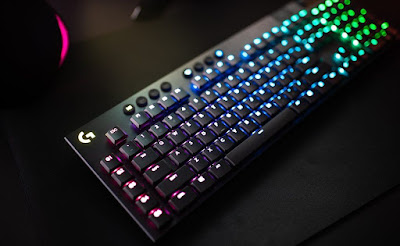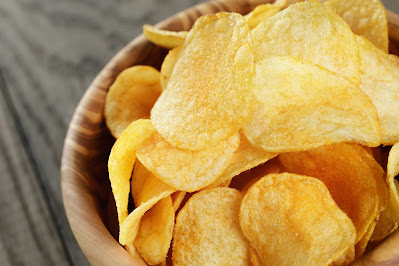Computer keyboards are manufactured all over the world in regions such as Germany. The most important thing to know about computer keyboards is that they contain the keys for writing numbers. This is known as the Num Lock key. It may have an indicator light, and it is located at the bottom of the keyboard, above the top row of letters. By pressing the Num Lock key. In regions such as Germany, the increasing usage of computers has increased the requirements for computer keyboards. For instance, according to the German Informatics Society, currently, around 92% of German households own personal computers.
The computer keyboards are composed of two layers of plastic. One sheet of the plastic holds the electrical connections on the lower one, and the other sheet holds the key switches. A clear plastic layer in the middle keeps the two sheets apart. The key switches are located on the two sheets and push them down to make them touch. When the keys are pressed, the signal goes from the keyboard to the computer. However, there are many different types of computer keyboards.
Despite the differences between these two layers, computer keyboards are made with a number of different types of keys. These are the most common types. The most common type of key is Ctrl-Shift. It is a shortcut for the command-line input. It also makes it easier to access information in the program's settings. In addition, it has a variety of functions. With a wide backspace key, users can delete a character immediately to the left of the cursor. Depending on the computer's operating system, these modifier keys can change the length of larger text segments.
A multimedia computer keyboard contains all the buttons that users need for multimedia. Some of these keys include play/pause, volume up/down, mute, and a special button that launches media. Another type of computer keyboard is the primitive computer keyboard. This keyboard has physical buttons for each key. When pressed, these buttons send an electrical signal to the computer device. A screenshot is then sent to the clipboard.




No comments:
Post a Comment